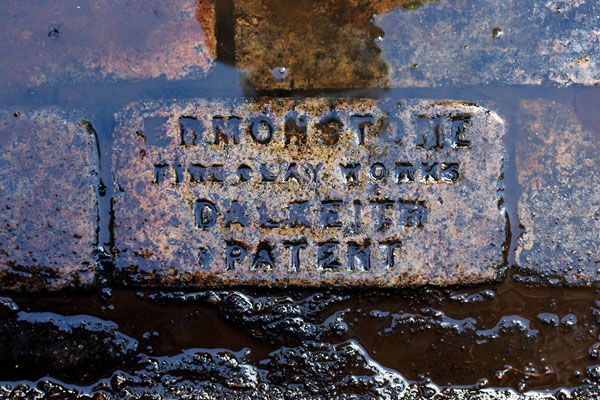4. Archaeological evidence
DOI:
https://doi.org/10.9750/issn.2056-7421.2024.106.16-27Abstract
The proposed development at Beaverbank Place, Canonmills, Edinburgh led to the excavation of the remains of the 19th-century Beaverbank Tannery. Accompanying historical research allowed the history of the ownership and tenancies of the buildings and various businesses to be traced from 1807 to 1959. This included the early 19th-century Clark’s Mill linen bleachers and the 1868 tannery built by the Johnston family and later leased by family firms of the Pringles and Walkers. A period of abandonment between 1913 and 1915 was followed by the repurposing of the building as a sawmill and cooperage. Part of the site changed again to become a motor garage in 1928.
The remains can be matched well with historic map evidence and appear to relate predominantly to the late 19th-century tannery structures. Remains were found of approximately 100 tanning pits set out in a grid pattern, with further features related to drainage, paving and other structures. Very little environmental or artefactual evidence was recovered to shed light on specific practices, materials used or materials produced.
There were also scant structural remains that could be related to the earlier linen bleachers and to the later motor garage.
Downloads
Downloads
Published
Issue
Section
License
Copyright (c) 2024 Morag Cross, Magnar Dalland, Debora Moretti (Author)

This work is licensed under a Creative Commons Attribution-NonCommercial 4.0 International License.





